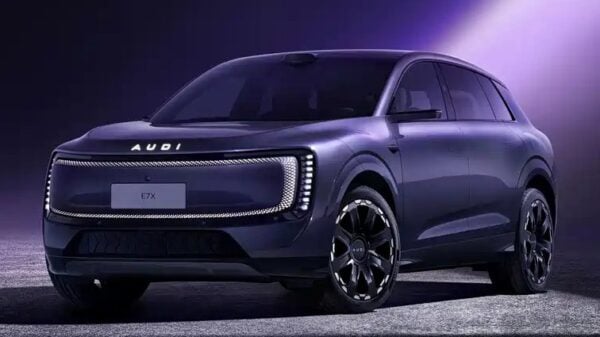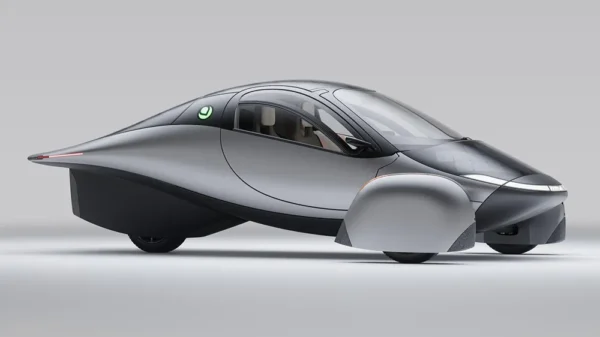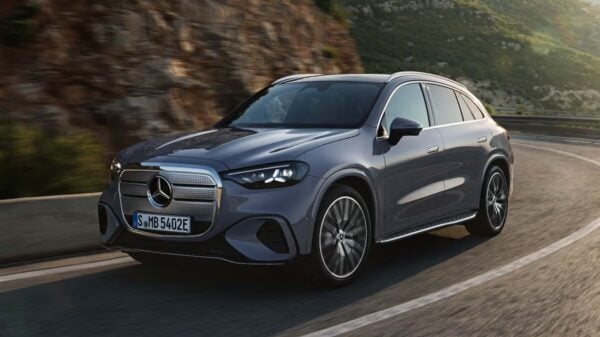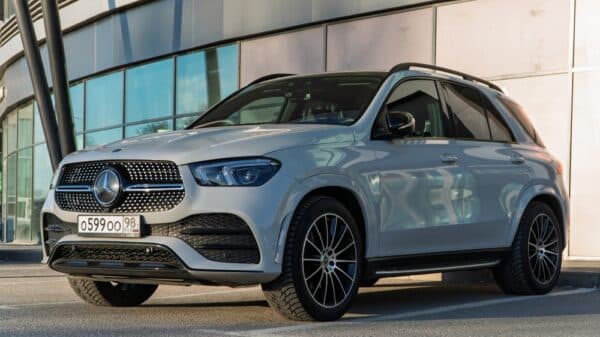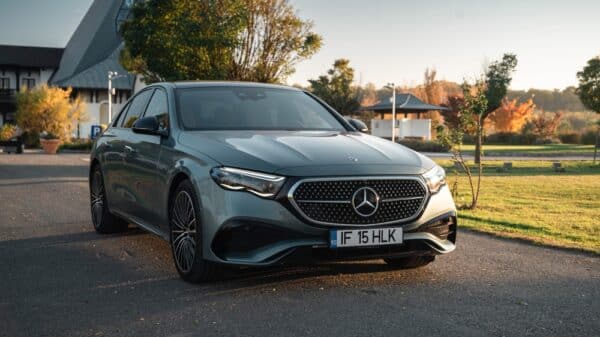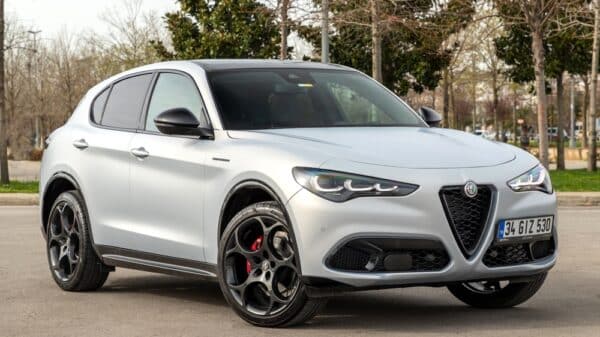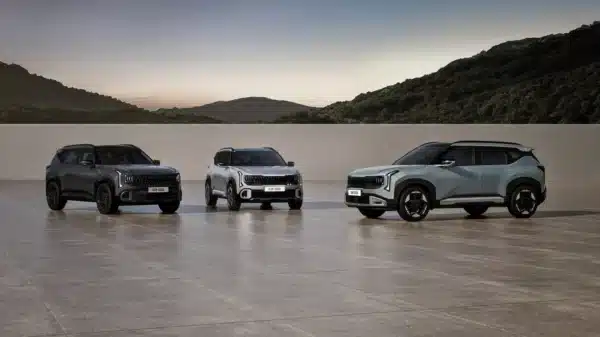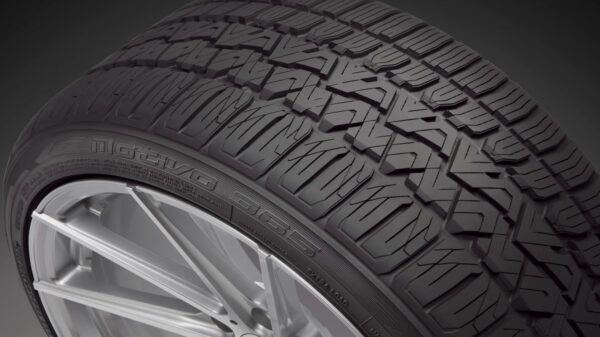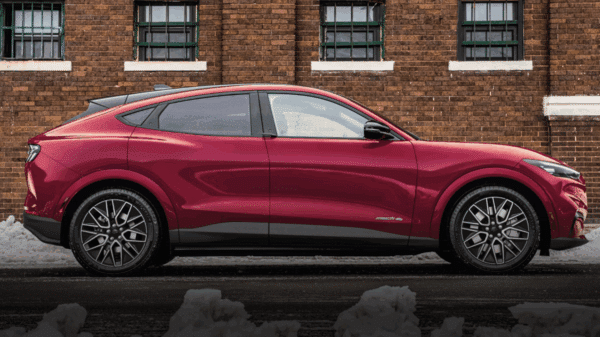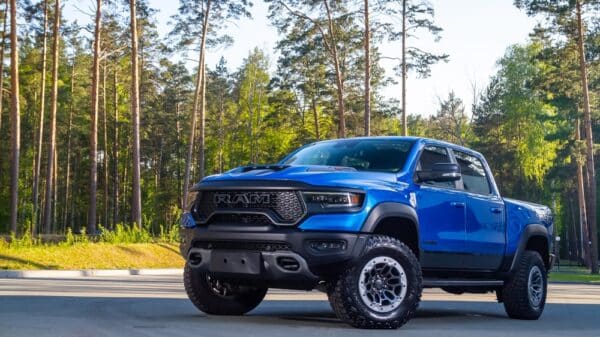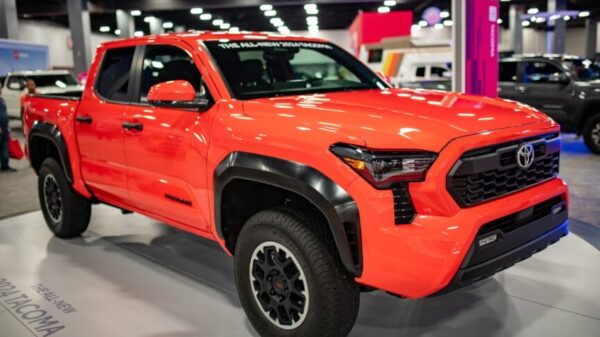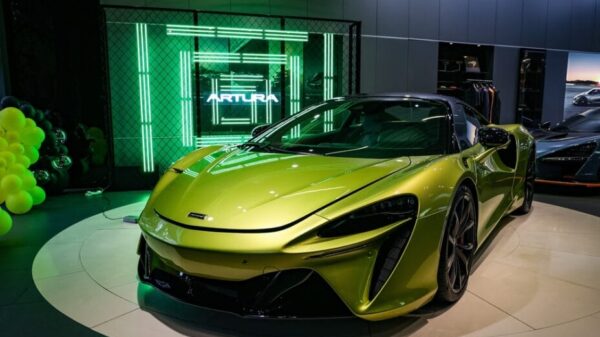Porsche has rolled out its updated 2025 Taycan, and car enthusiasts, particularly those fond of electric vehicles (EVs), have reason to cheer. This latest iteration isn’t just a cosmetic upgrade; it represents a thoughtful reengineering aimed at boosting range and delivering quicker charging. For many, the Taycan was already a standout in the EV landscape, effectively embodying the storied Porsche values: performance, sophistication, and engineering excellence.
As someone who has had the privilege of testing out various Taycan models—whether slicing through the icy terrains of Porsche’s Finnish track or racing head-to-head with the high-octane Taycan Turbo GT—it’s evident that this vehicle maintains a rare connection to Porsche’s high-performance legacy. Now, the spotlight falls on the refreshed **2025 Taycan GTS**, a model that reaffirms the brand’s commitment to excellence in the electric domain.
If you’ve ever thought that the base Taycan’s incredible speed and grip couldn’t possibly get any better, it’s time to think again. While the GTS didn’t necessarily “need” to be faster, it certainly delivers in that department and so much more.
On a recent drive through the misty, rolling hills of north Georgia, I had the chance to experience the upgraded features firsthand. The GTS not only reinforced its premium edge with enhanced technology but also included a smoothness in operation that felt almost luxurious. It comes in two configurations: a sleek four-door sedan or an aesthetically pleasing Gran Turismo wagon, but both options share a robust foundation powered by batteries and cutting-edge electric motors.
With all-wheel drive as standard thanks to a **2-motor setup**, the GTS boasts a more powerful rear motor, optimized inverter technology, and advanced cooling systems. What does that translate to, you might ask? A whopping 690 horsepower that can catapult this machine to **60 mph in just 3.1 seconds**. That’s a full 0.4 seconds ahead of its predecessor! When you factor in the quarter-mile time of 11.1 seconds, which is 0.7 seconds quicker, it’s hard not to feel a thrill just thinking about it.
The aural experience is noteworthy, too. When you step on the accelerator, the GTS delivers the synthetic sound characteristic of the Turbo variant. While I’m usually not one to get caught up in car noise, the keen enthusiasts among you might find this auditory feedback quite engaging.
Navigating slick, foggy switchbacks and weaving through traffic was a breeze, thanks in part to the Sport Chrono drive modes available. In clearer weather, I switched to specific modes for those memorable bursts of acceleration, making overtaking fellow drivers feel effortless, akin to indulging in a delightful slice of Swedish ginger cookies paired with a robust espresso. The **push-to-pass feature** gives you an exhilarating ten seconds of added power, powering past slower vehicles with ease.
While Porsche hasn’t yet finalized the EPA-rated range, they’ve built in a fuel-efficient driving mode that conserves energy effectively—even turning off the passenger-side digital display when needed. Do bear in mind that the Sport Turismo variant might have slightly lower range due to its aerodynamic factors. But with charging time on these models being a mere 18 minutes to go from 10-80%, you’re never really left in the lurch.
One of the standout features of the GTS is its exceptional cornering capabilities. Those notoriously tricky 15-degree hairpin turns separating Atlanta from North Georgia are no match for this vehicle. The GTS cleverly incorporates the standard air suspension alongside 20-inch wheels, and if you’re looking for even more grip, you have the option of the **Dynamic package** with 21-inch wheels and summer tires.
The Active Ride Control and carbon-ceramic brakes mean that even when faced with a downpour on slick roads, the Taycan GTS holds its ground with superb stability. While it might seem like overkill considering the standard braking system is already impressive, the enhanced suspension brings an agility that you’d typically only find in much lighter vehicles.
Porsche leads the way in EV ride and handling with the Taycan, and the GTS amplifies that reputation with an even more refined driving experience. You’ll experience a blend of precision in steering along with comfort that’s perfect for daily commutes. Only a few rivals like Lucid and Hyundai are edging toward this level of finesse.
Inside, the GTS wraps you in luxury but comes with its own set of quirks. The four-seat design is snug, with **18-way adaptive sport seats** allowing for personalized adjustments—just right for bigger drivers. However, tall passengers might find the rear seating a tight fit. And let’s just say trunk space isn’t a highlight, either.
Yet many who climb inside appreciate the close-knit cabin vibe. Dressed in Race-Tex synthetic suede, the minimalist, touchscreen-centric design feels downright modern. While the standard synthetic leather is nice, Porsche offers a veritable buffet of options to customize your interior with high-quality leather or even carbon fiber—just be prepared to watch those extra costs stack up.
With a starting price of **$149,895**, the Taycan GTS is definitely not for budget-conscious shoppers. The base model comes packed with features that include summer tires for those sporty 20-inch wheels, air suspension, and a host of high-tech safety enhancements.
The model I had the pleasure of testing came equipped with over $40,000 worth of options—including those stunning 21-inch RS Spyder wheels, heated rear seats, and a suite of advanced technology features.
While those looking for efficiency might lean toward a baseline Taycan, and adrenaline-chasers may find themselves eyeing the Turbo GT, the GTS holds its own as a harmonious blend of acceleration, handling, and luxury that challenges the norms of what’s possible in a performance EV.
Image Source: Porsche.com






